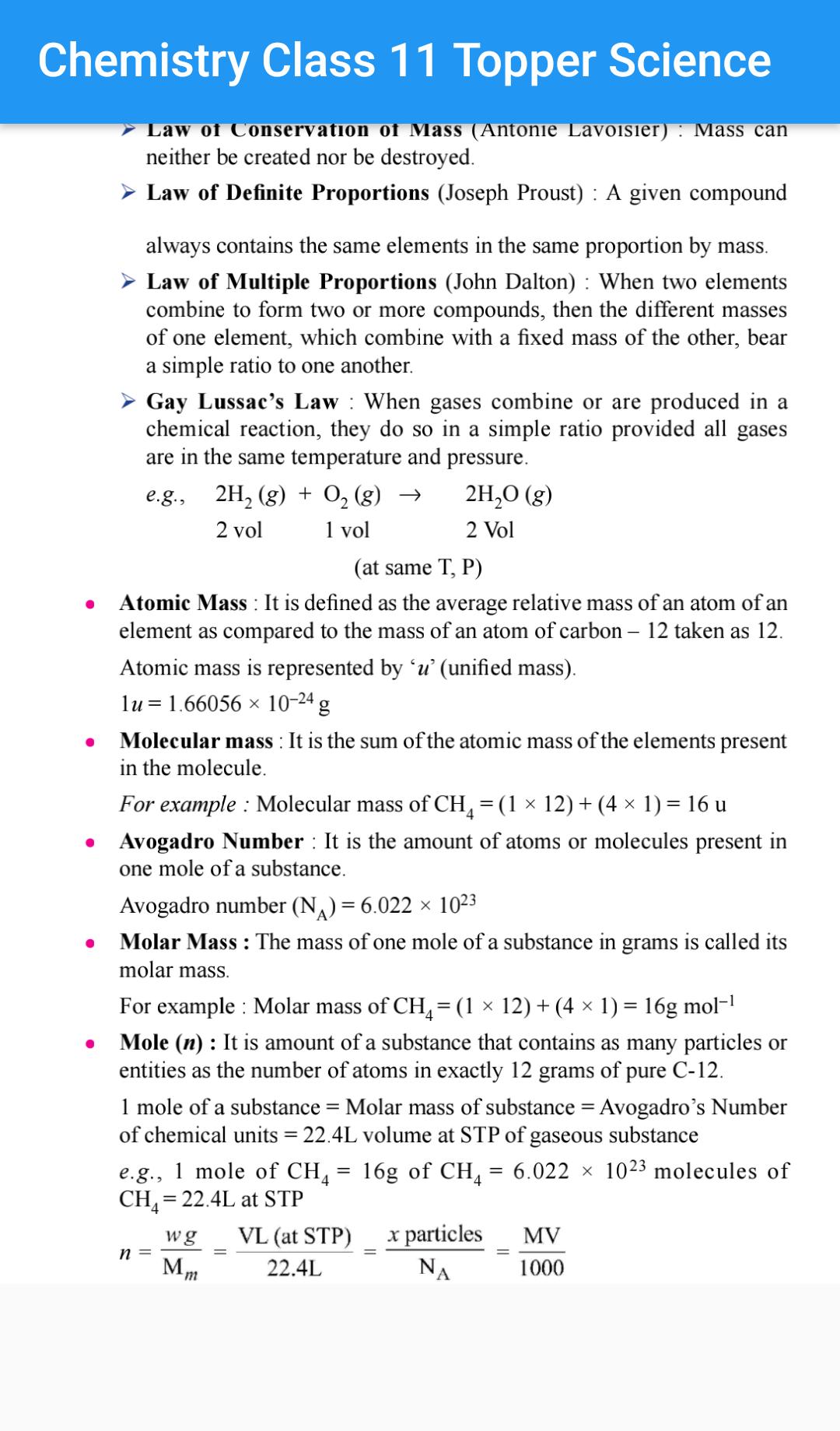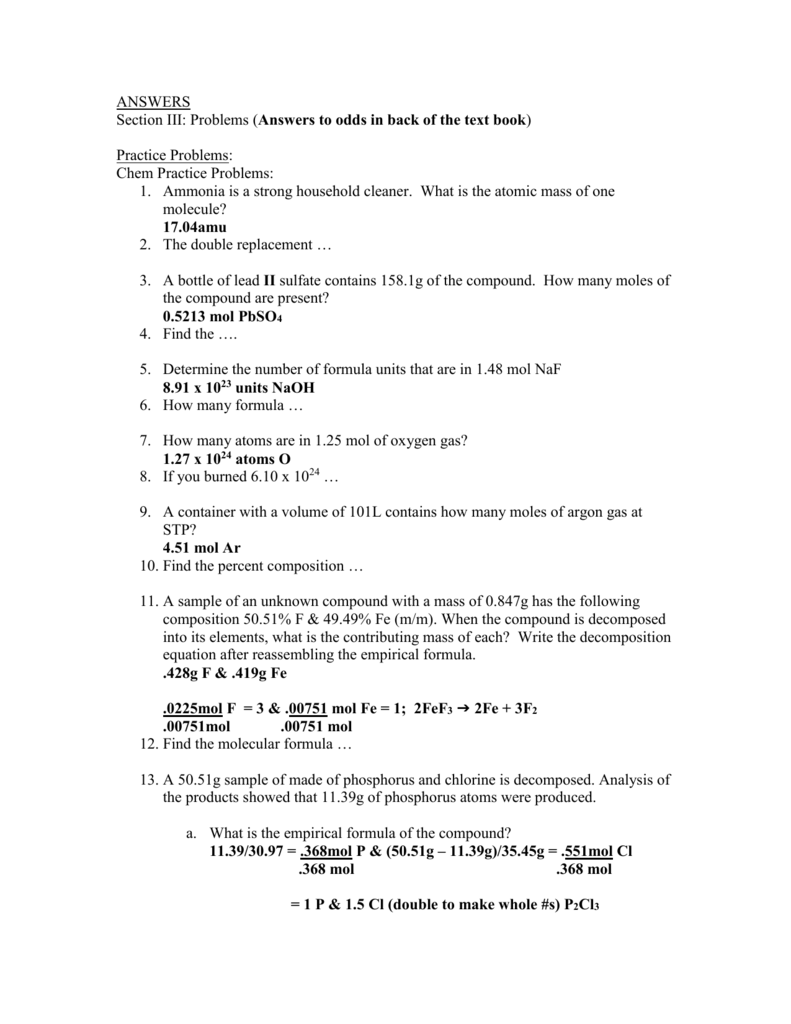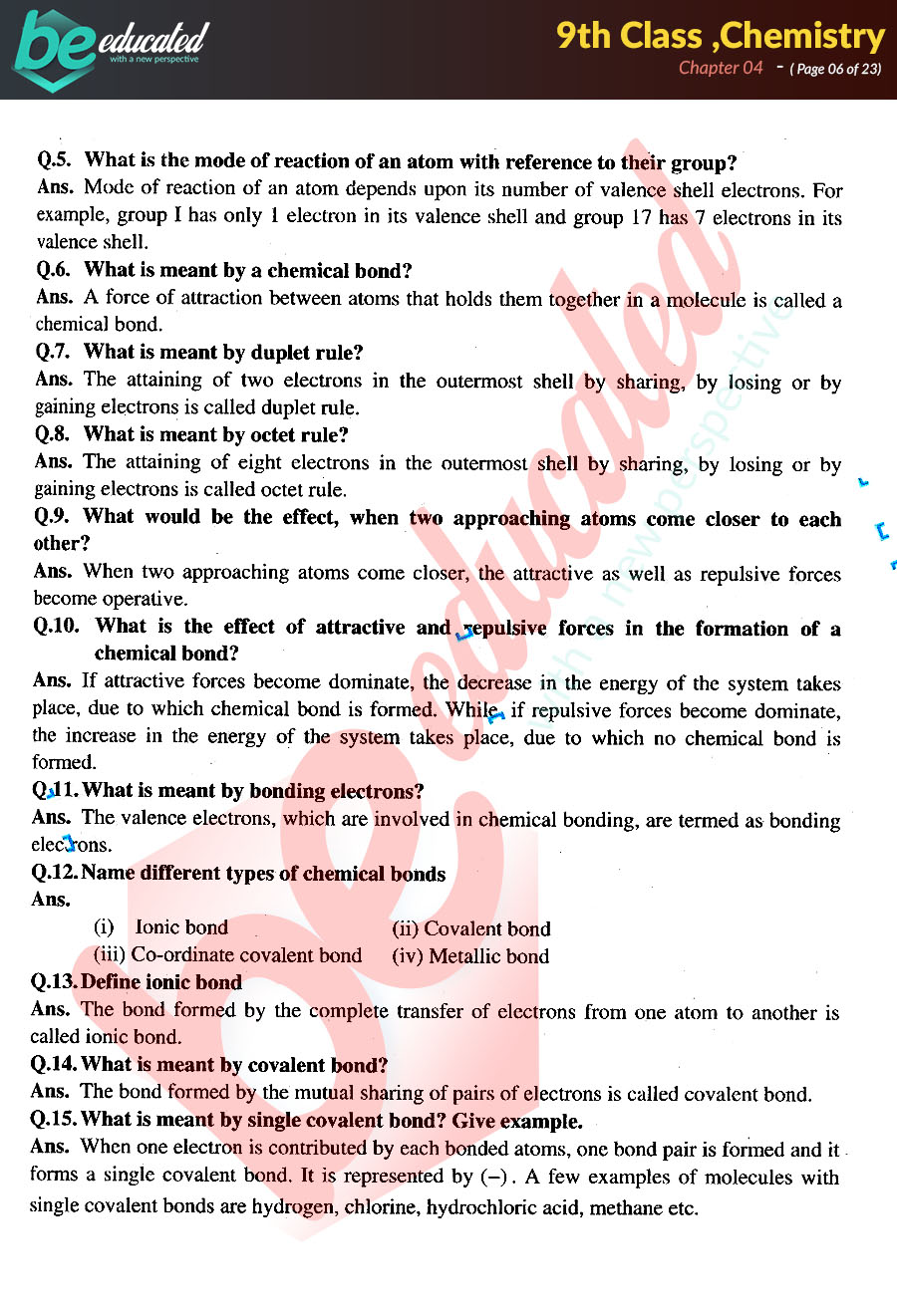Chemistry Chapter 4
Chemistry Chapter 4 - Topics and subtopics in ncert solutions for class 12 chemistry chapter 4 chemical kinetics: A) hcl b) rb2so4 c) ar d) koh e) nacl c) ar the balanced molecular. Select one or more questions using the checkboxes above each. Click card to see definition 👆 in order for an electron to be ejected from a metal surface, the electron must be struck. Web form 4 chemistry text book Web chemistry ncert solutions for class 12 chapter 4 chemical kinetics includes all the important topics with detailed explanation that aims to help students to understand the concepts better. Unit 2 more about atoms. Web modern chemistry chapter 7 section 4. You can create printable tests and worksheets from these grade 4 chemistry questions! Consists of the symbols for the elements combined in a compound, with subscripts showing the smallest whole number mole.
Divide the actual grams of ether. Web convert mass of ethanol to moles of ethanol; Consists of the symbols for the elements combined in a compound, with subscripts showing the smallest whole number mole. Click the card to flip 👆. Relate the moles of ethanol to the moles of ether produced using the stoichiometry of the balanced equation. Web 4.1 water, the common solvent structure of water oxygen's electronegativity is high (3.5) and hydrogen's is low (2.1) water is a bent molecule water is a polar molecule hydration of ionic solute molecules positive ions. Web chemistry unit 4 review. Web gold foil experiment to test the current theory of atomic structure. Web figure 4.1 periodic table of the elements for a larger molecule, like glucose (c 6 h 12 o 6) that has multiple atoms of the same type, simply multiply the atomic mass of each atom by the number of atoms present in. Select one or more questions using the checkboxes above each.
The rate of a chemical reaction ; Web chemistry ncert solutions for class 12 chapter 4 chemical kinetics includes all the important topics with detailed explanation that aims to help students to understand the concepts better. Click card to see definition 👆 in order for an electron to be ejected from a metal surface, the electron must be struck. Web convert mass of ethanol to moles of ethanol; 4.1.for the reaction r—>p, the. Select one or more questions using the checkboxes above each. Web 4.1 water, the common solvent structure of water oxygen's electronegativity is high (3.5) and hydrogen's is low (2.1) water is a bent molecule water is a polar molecule hydration of ionic solute molecules positive ions. Place a piece of clay that weighs less than a tea light candle on one end of a balance. Web scientists are constantly discovering new compounds, orderly arranging the facts about them, trying to explain with the existing knowledge, organising to modify the earlier views or evolve theories for explaining the newly observed facts. Web modern chemistry chapter 7 section 4.
FSC Chemistry Chapter 4 1st Year
Web modern chemistry chapter 7 section 4. Unit 2 more about atoms. Relate the moles of ethanol to the moles of ether produced using the stoichiometry of the balanced equation. Web gold foil experiment to test the current theory of atomic structure. Convert moles of ether to grams;
Notes Chemistry Form 4 Chapter 4 1
Web give me a summary of ncert solutions for class 11 chemistry chapter 4 chemical bonding and molecular structure. Consists of the symbols for the elements combined in a compound, with subscripts showing the smallest whole number mole. Web chemistry ncert solutions for class 12 chapter 4 chemical kinetics includes all the important topics with detailed explanation that aims to.
Selina Solutions Class 9 Concise Chemistry Chapter 4 Atomic Structure
Select one or more questions using the checkboxes above each. Convert moles of ether to grams; Web gold foil experiment to test the current theory of atomic structure. Web chemistry library 20 units · 54 skills. Web chemistry ncert solutions for class 12 chapter 4 chemical kinetics includes all the important topics with detailed explanation that aims to help students.
General Chemistry I chapter 4 General Chemistry Chapter Solutions
Web 4.1 water, the common solvent structure of water oxygen's electronegativity is high (3.5) and hydrogen's is low (2.1) water is a bent molecule water is a polar molecule hydration of ionic solute molecules positive ions. In this chapter, students get to know about the discovery of electrons and protons that is credited to j.j. The rate of a chemical.
Chemistry Class 11 Notes Topper Science for Android APK Download
Web 1 / 24 flashcards learn test match created by natalie_henning terms in this set (24) atom smallest particle of an element that retains its identity in a chemical reaction dalton's atomic theroy 1st theory to relate chemical. Click the card to flip 👆. The polar character of covalent. In this chapter, students get to know about the discovery of.
Selina Solutions Class 9 Concise Chemistry Chapter 4 Atomic Structure
Unit 1 atoms, compounds, and ions. Web chemistry unit 4 review. Divide the actual grams of ether. Unit 2 more about atoms. Web gold foil experiment to test the current theory of atomic structure.
General Chemistry Chapter 4 Homework
Remove the candle from its. Divide the actual grams of ether. The polar character of covalent. In this chapter, students get to know about the discovery of electrons and protons that is credited to j.j. Web give me a summary of ncert solutions for class 11 chemistry chapter 4 chemical bonding and molecular structure.
NCERT Exemplar Class 11 Chemistry Solutions Chapter 4 Chemical
Topics and subtopics in ncert solutions for class 12 chemistry chapter 4 chemical kinetics: Web 1 / 24 flashcards learn test match created by natalie_henning terms in this set (24) atom smallest particle of an element that retains its identity in a chemical reaction dalton's atomic theroy 1st theory to relate chemical. Click the card to flip 👆. Web chemistry.
10th Class Chemistry Solved Exercises Chapter 9 Online degrees
Click card to see definition 👆 in order for an electron to be ejected from a metal surface, the electron must be struck. Web 1 / 24 flashcards learn test match created by natalie_henning terms in this set (24) atom smallest particle of an element that retains its identity in a chemical reaction dalton's atomic theroy 1st theory to relate.
Ethiopia Learning Chemistry grade 7 page 1 in English
Web fourth grade (grade 4) chemistry questions. Web figure 4.1 periodic table of the elements for a larger molecule, like glucose (c 6 h 12 o 6) that has multiple atoms of the same type, simply multiply the atomic mass of each atom by the number of atoms present in. Click card to see definition 👆 in order for an.
You Can Create Printable Tests And Worksheets From These Grade 4 Chemistry Questions!
Unit 2 more about atoms. Divide the actual grams of ether. Relate the moles of ethanol to the moles of ether produced using the stoichiometry of the balanced equation. Web form 4 chemistry text book
Web Scientists Are Constantly Discovering New Compounds, Orderly Arranging The Facts About Them, Trying To Explain With The Existing Knowledge, Organising To Modify The Earlier Views Or Evolve Theories For Explaining The Newly Observed Facts.
Place a piece of clay that weighs less than a tea light candle on one end of a balance. The rate of a chemical reaction ; Web ncert solutions for class 12 chemistry chapter 4 chemical kinetics. Click the card to flip 👆.
Unit 5 Chemical Reactions And Stoichiometry.
Click card to see definition 👆 in order for an electron to be ejected from a metal surface, the electron must be struck. Web 4.1 water, the common solvent structure of water oxygen's electronegativity is high (3.5) and hydrogen's is low (2.1) water is a bent molecule water is a polar molecule hydration of ionic solute molecules positive ions. How does the photoelectric effect support the particle theory of light? Web chemistry library 20 units · 54 skills.
Web Convert Mass Of Ethanol To Moles Of Ethanol;
Unit 1 atoms, compounds, and ions. 4.1.for the reaction r—>p, the. Web gold foil experiment to test the current theory of atomic structure. Web modern chemistry chapter 7 section 4.









